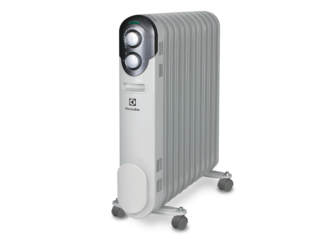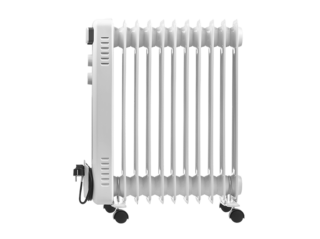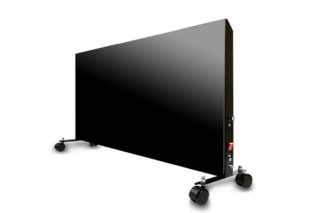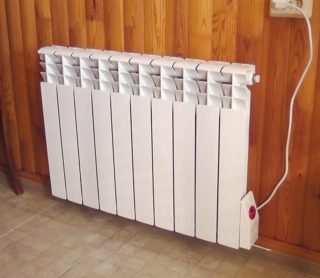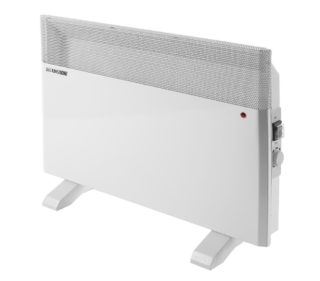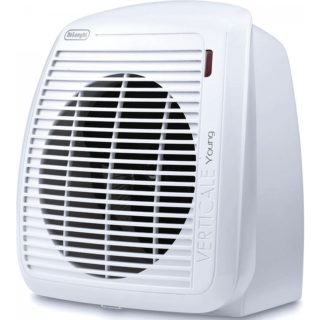Cases with interruptions in the central heating system are not uncommon, temperatures below normal for humans bring a lot of inconveniences and problems, cold air can also cause diseases. To stay in an apartment or a private house was as comfortable as possible, you need to provide your home with an additional source of heat. The use of energy-saving heaters is suitable for this purpose.
Oil radiators
- the body, which contains the entire "electrical part" of the radiator,
- metal sections with a special oil inside, this oil is a heat carrier,
- the lower part of the sections with heating elements,
- on the side there is a reel for winding the cord,
- device power switch,
- Temperature regulator,
- wheels for easy movement of the radiator,
- special carrying handle.
The essence of the operation of an oil household heater is that the heating element transfers heating to a liquid heat carrier (oil). When warming up, the device uses a large amount of energy; to reduce it, a thermostat is installed, which regulates the switching on and off of the device only when necessary.
Some models are equipped with additional heat transfer sources. For example, there are radiators with special vertical channels to provide powerful convection flows. In other models, built-in fans are used, which, when turned on, create a fairly rapid heating of the air. And after that, you can switch it to normal operation.
- affordable price,
- mobility when moving and transporting,
- simplicity of heater assembly and operation,
- modern radiators have an emergency shutdown function.
The disadvantages of such devices are:
- long warm-up
- not attractive appearance
- the inability to leave him unattended, especially if there are children at home. Metal sections can not only hurt but cause burns if they get too hot.
When using oil heaters, certain rules should be followed:
- it cannot be plugged into an outlet via an extension cord
- not recommended to be switched on in very small rooms
- when switched on, should not be placed close to a power outlet
- it is forbidden to dry clothes on it.
Heating panels
- metal housing with thermal insulation and a reflective backing that directs heat
- heating element in the form of a spiral or special cable
- heat-absorbing panel
- accessories in the form of brackets for mounting on the wall.
The advantages of the panels:
- a large outer plate serves as a source of infrared radiation, heat is emitted over a sufficiently large distance
- are protected against high humidity, and therefore can be installed in the bathroom
- attractive and aesthetic appearance.The decor of the panel can be very diverse - from imitation under a stone to applying drawings with characters from fairy tales.
Cons of heating panels
- heavy weight, which makes delivery and installation difficult
- high heating level.
Electric modular radiators
This type of heaters has devices with different operating principles:
- some of them are equipped with a liquid coolant, from which the radiator sections are heated
- another type is para-drop type heaters. The essence of its work is that the water in the device heats up to a state of steam, after which it condenses and gives off heat energy to the surface of the radiator
- the Italian company "Sira Group" has created another type of modular radiator, in each section of which a rod-type heater is installed, which directly transfers heat to the metal surface.
Almost all modular heaters are equipped with modern electronics, which allows them to be adjusted to a specific program that is convenient for the owners.
Electric convectors
The main parts of such radiators are: an enameled metal case, openings at the bottom for receiving cold air, a heating element, in the upper part of the case there are openings for the outlet of heated heat, a control panel with a power switch for the device, a temperature sensor that, if necessary, turns off the operation of the device.
Manufacturers have invented such a subspecies of electric convectors as "warm skirting boards". It differs from conventional convection heaters in appearance, has a low and long body, designed to be positioned along the wall.
The advantage of these devices is that their surface does not heat up too much, and therefore it is impossible to burn yourself on them.
Their disadvantage is the transport of dust by convection currents. Dust can clog the radiator and must be disassembled for cleaning.
Electric heat radiators with fan
The advantages of thermal heaters with a fan include: quick warming up of the room, compactness of the device and low cost.
The disadvantages are: noise during operation of the device, dust transfer by horizontal air currents.
Such heaters are used only for emergency heating; they are not suitable for the role of a permanent and reliable heat source.
Any of the modern radiators, even the most expensive and powerful ones, will not fully demonstrate their properties if high-quality insulation of an apartment or house is not provided.

